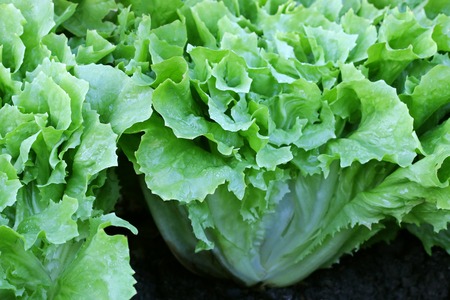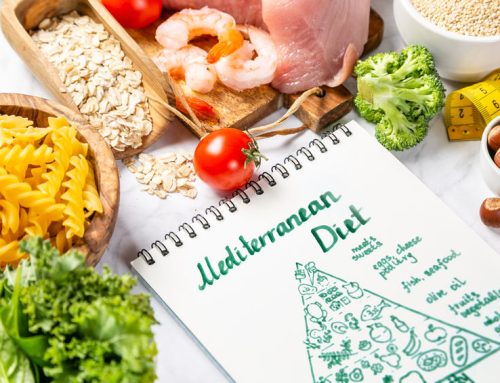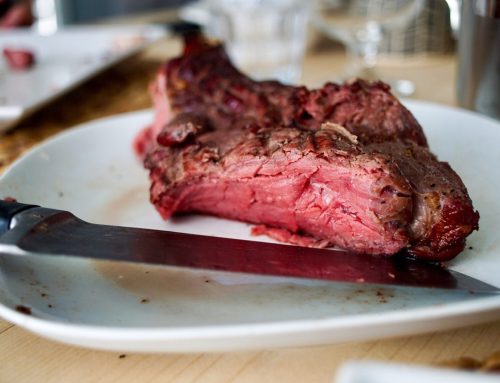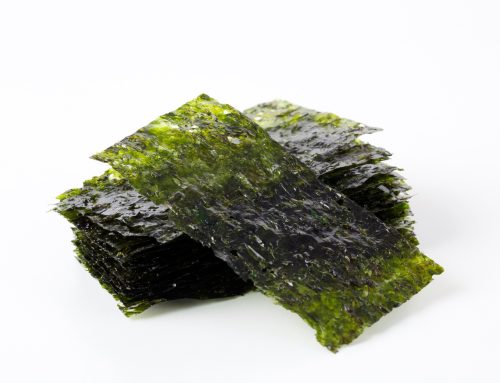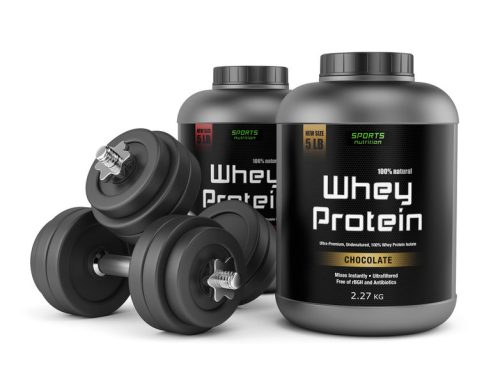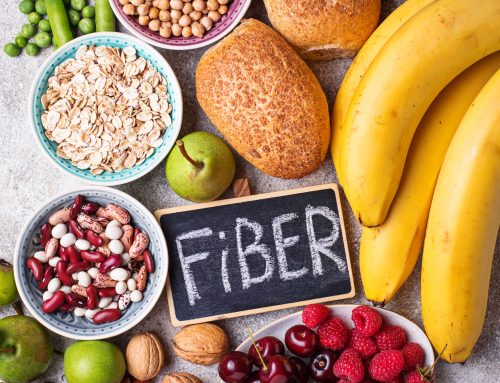The flexitarian diet? Never heard of it? It might just be the biggest diet of 2020. And, it’s actually a lifestyle, not a traditional “diet.”
Ladders, a job search website with a health blog, recently elaborated on the flexitarian diet and its health benefits. Here is the prediction by dietitian Keri Glassman, MS, RD, CDN.
Glassman’s overall advice about a healthy diet is a mantra I can get behind: “Listen to your body.”
Components of a Healthy Diet
Here are the components of a healthy diet, according to Glassman:
- Whole grains, fruits, veggies, proteins, healthy fats, and dairy.
- Basically whole, real foods define an overall healthy diet.
- Consistently following a healthy diet isn’t a black or white thing.
- It’s all about learning to tell the difference between hunger, cravings, and thirst.
- Generally speaking, a person should be eating three meals a day with two snacks for when they feel a little hungry.
You might be surprised to learn that the contrasts that distinguish thirst and hunger are extremely subtle ones. When our normal fluid levels drop by a mere 1% to 2% the symptoms that signal this often closely resemble hunger pangs. What you end up with over the course of a 24-hour day are intermittent periods where we’re either eating or not eating for the wrong reasons: boredom, miscommunication, or poor self-control.
It’s perfectly healthy to eat whenever you feel even a little bit hungry. In addition to the whiplash, trend diets encourage us to think meanly of eating. Eating is a vital, culturally and socially significant experience. It’s okay to revel in it and customize it and even possible to do both while being able to fit into your jeans.
The Peanut Butter Sandwich Example
Everybody loves a peanut butter and jelly sandwich, “but really what you’re getting is sugar and sugar and then unhealthy fats and sodium,” Glassman explained to People. Here’s her suggestion to retain all the essential flavor profiles of the traditional snack while maximizing each’s nutritional potential.
- You start by ditching the processed white bread, which is packed with additives, and replacing it with sprouted grain bread, which is lower in carbs, higher in protein and fiber.
- Next, you swap the peanut butter for almond butter or even natural peanut butter.
- Both are incredible sources for healthy monounsaturated fats and vitamins.
- Lastly, instead of jam consider fresh fruit that you can either slice or mash, to top your nutrient-loaded power snack.
Glassman’s Predictions for the Future
“Younger generations are more aware today. That’s why they’re leaning more toward personalized plant-based diets.” She expects to see a shift away from diet trends. I am not so sure about that prediction. I think many people who are overweight will look for quick fix diets and will keep trying the latest versions.
The Flexitarian Diet Explained
Someone on a flexitarian diet eats mostly vegan, but occasionally consumes meat or fish. Ultimately, as far as disease prevention and longevity is concerned, nothing really beats a plant-based diet. We’ve known that for some time.
Glassman expects the flexitarian diet to take hold of Millennials and Gen Zers going into the 2020’s.
“You are a vegan most of the time. You’re eating lots of vegetables, and healthy fats from nuts and seeds but when you want to have maybe a piece of grass-fed steak or even just a piece of steak at a restaurant, or you want to have eggs, you can. It allows room for these other kinds of food without being so hardcore.”
What’s your opinion?
to read full post on the flexitarian diet. Bottom of Form


